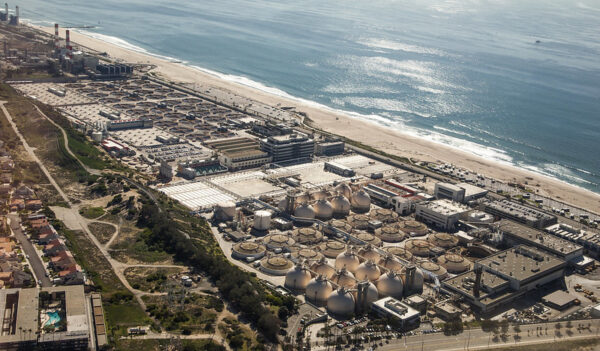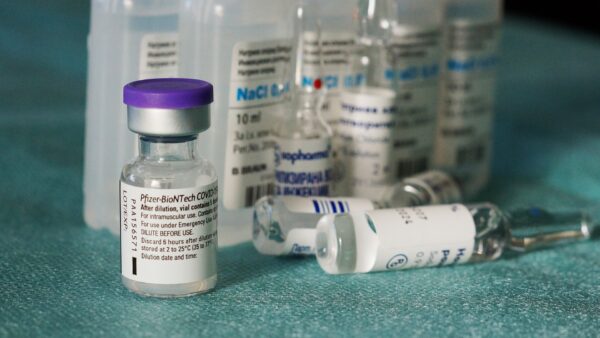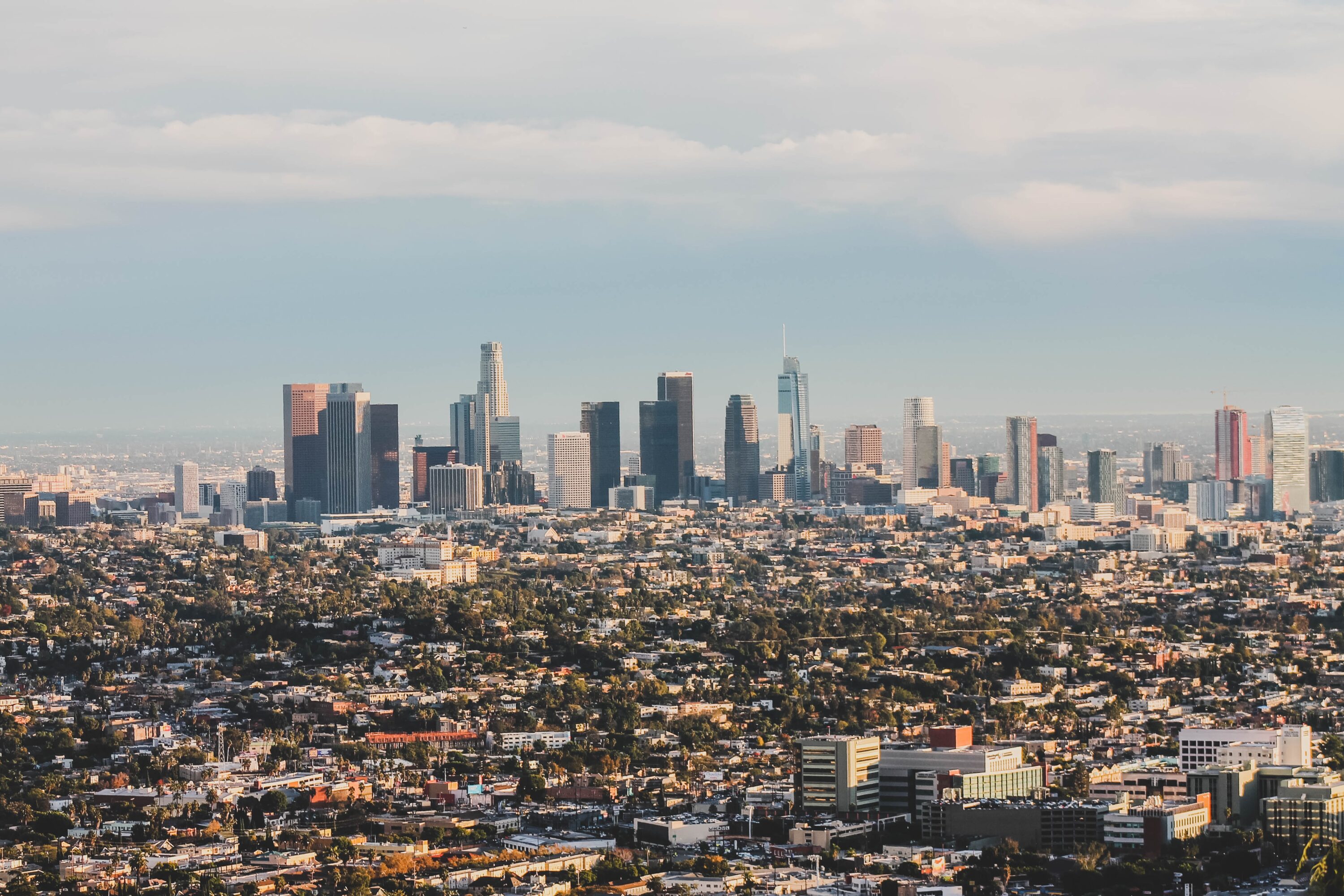The South Coast Air Quality Management District alleged Thursday that the Hyperion Water Reclamation Plant is exceeding permitted emission levels on at least two of its flares.
The plant — which is operated by LA Sanitation and Environment within the Department of Public Works — is permitted to operate a flare station with six flares to control gas created by the process of treating wastewater, according to the regulatory agency, which is responsible for improving air quality in four Southern California counties.
The permits require that the equipment limit the release of gas emissions, including nitrogen oxides. However, the AQMD, which evaluated four of the six flares, said at least two of them exceed the permitted nitrogen oxide levels, a precursor to smog.
“LASAN is committed to being compliant with its permits, including for this flare station, and will take the steps necessary to achieve full compliance and meet SCAQMD conditions whether an abatement order issues or not,” Department of Public Works spokeswoman Elena Stern told City News Service.
The AQMD on Thursday filed a petition for an administrative order to require the plant to stop violating its permit conditions. The agency also said it issued a notice of violation on Oct. 8 and has attempted to conduct the required testing of the flare station but is still seeking the remaining source tests and reports.
“As with all the facilities that we regulate, our rules and permit conditions are developed to ensure that equipment are operating with all the necessary requirements that can limit emissions and reduce pollution,” said Wayne Nastri, South Coast AQMD’s executive officer. “We are requesting this order to help protect the health and safety of residents in this area.”
The plant was the site of a massive sewage spill on July 11. About 17 million gallons of raw sewage was discharged into the ocean after debris clogged screens and caused flooding at the facility. Beaches were closed the next day and reopened July 15 after ocean water samples collected over two days met state standards for acceptable water quality, according to the Los Angeles County Department of Public Health.







